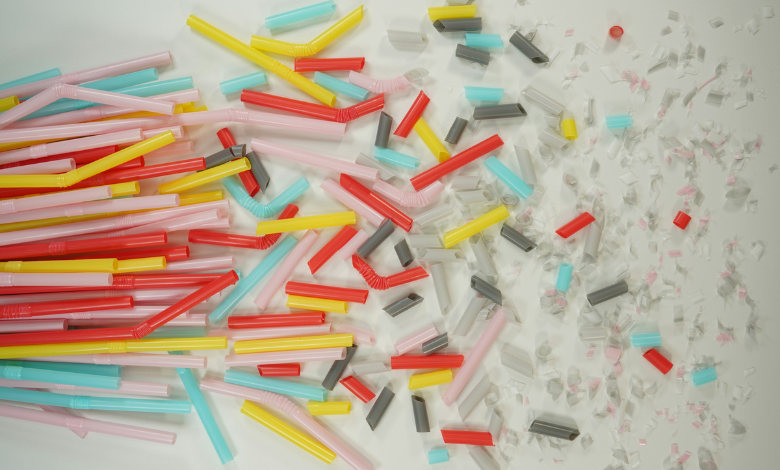IISc Bengaluru researchers design sustainable hydrogel to take care of microplastic problem

Microplastics have become a serious environmental hazard. They are found even in some of the most remote areas on the planet, such as polar ice caps and deep ocean trenches, endangering both terrestrial and aquatic species. They substantially increase the risk of illnesses.
These tiny plastic debris enter our bodies through the water we take in every day. In order to tackle the deepening problem, researchers at the Indian Institute of Science (IISc) in Bengaluru have designed a sustainable hydrogel to remove microplastics.

Hydrogel stable and efficient under different conditions
Scientists have earlier tried using filtering membranes to address microplastic contamination in water. But the membrane quickly become clogged with the tiny particles, making them unsustainable. Instead, the IISc research team decided to use 3D hydrogels.
Led by Prof Suryasarathi Bose at the Department of Materials Engineering, researchers developed a novel hydrogel consisting of three different polymer layers – chitosan, polyvinyl alcohol and polyaniline – making an Interpenetrating Polymer Network (IPN) architecture.
Read More: Paper straws seem to be better alternatives to plastics. But are they really?
The team infused this matrix with nanoclusters of copper substitute polyoxometalate (Cu-POM). These nanoclusters serve as catalysts that can use ultraviolet (UV) light to degrade the microplastics. This combination of polymers and nanoclusters resulted in a firm hydrogel.
The sustainable hydrogel can adsorb and degrade large amounts of microplastics. It has been found to be highly efficient – capable of removing around 95% of a type of microplastic at near-neutral pH (~6.5). The product also remains stable under different temperatures.
Future plan: tackling microplastics on larger scale
Researchers noted that the hydrogel could last for up to five cycles of microplastic removal without loss of efficacy. Once it has outlived its use, it can be repurposed into carbon nanomaterials to help remove heavy metals from polluted water.
The team checked the removal of microplastics at different pH levels, temperatures and concentrations of microplastics. Moving forward, they plan to develop a device that can be deployed on a large scale to clean up microplastics from different natural resources.
Read More: Scientists find microplastics in every human placenta tested



